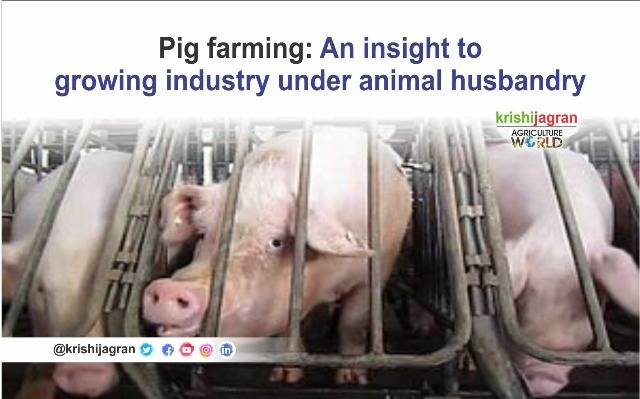Pig farming is an essential aspect of agricultural production all over the world. In the past, pig farmers have relied on mud wallows during hot weather as a way of cooling off pigs. However, with the increasing demand for organic pork, natural pig farming has become the new way of rearing pigs. One of the major changes in natural pig farming is the move away from mud wallows to better pig farming floor systems.

In this blog post, we will explore the benefits of using better pig farming floor systems and how it enhances natural pig farming. But first, let us delve into what natural pig farming is all about.
What is Natural Pig Farming?
Natural pig farming is an innovative system of pig farming that focuses on the well-being of pigs. The system employs techniques that are designed to provide a natural environment for pigs to grow and develop. The system is based on the principles of:
- Proactive Health Management
- Zero Antibiotics
- Zero-Castration
- Zero-Confinement
As such, natural pig farming involves rearing pigs in a way that mimics their natural environment, providing them with a social group, space, and access to a natural diet. These practices create an ideal environment that leads to healthy and happier pigs.
Why Move Away from Mud Wallows?
Mud wallows have been used for a long time as a cooling mechanism for pigs during hot summers. However, mud wallows have several downsides. First, they essentially turn pigs into wallowers, reducing their natural behavior of grazing and rooting on the ground. Secondly, mud wallows provide a perfect breeding ground for all sorts of bacteria that can cause diseases, such as scruff.
Moreover, mud wallows are unsightly, can create a muddy mess and have a significant ecological impact where they occur. The widespread use of mud wallows leads to soil erosion and degradation, polluting local waterways, and adversely affecting habitats for many other animals.
Benefits of Using Better Pig Farming Floor Systems
The move away from mud wallows has led to the development of better pig farming floor systems that provide both environmental and health benefits. Adopting better flooring systems for pig farming is a significant aspect of the natural pig farming approach, and it delivers the following advantages:
Improved Health and Well-being of Pigs
Better flooring systems provide an ideal environment for pigs, which reduces the likelihood of disease outbreaks. A good floor system should have good drainage and be easy to clean, reducing the risk of bacterial build-up.
Additionally, better floor systems encourage pigs to stand, walk, and run, promoting healthy bones and muscles, and reducing the risk of leg problems in pigs.
Reduced Environmental Impact
The intensive use of mud wallows, over time, leads to soil degradation and pollution of waterways. However, better pig farming floor systems reduce and prevent soil erosion and degradation, ensuring that lands remain fertile and productive.
Healthy, happy pigs also produce less waste, enabling adequate waste management, thereby reducing pollution and environmental damage.
Better Quality Pork
Natural pig farming systems, which include better flooring systems, leads to healthier pigs, thereby producing better quality pork. Pigs that are raised in healthy environments are less prone to diseases, and have better muscles and bones, which results in more nutritious and tastier pork meat.
Better flooring systems also keep pigs dry and clean, and clean pigs lead to cleaner meat. Therefore, good flooring systems help maintain a higher meat quality while reducing contamination.
In Conclusion
Natural pig farming is the new wave of pig production, delivering healthier and happier pigs. Replacing mud wallows with better pig farming floor systems creates an ideal environment that is cleaner, healthier, and safer for pigs and the environment. As a result, natural pig farming is slowly changing how we produce pork, and we are more likely to see more natural pig farming systems in the future.